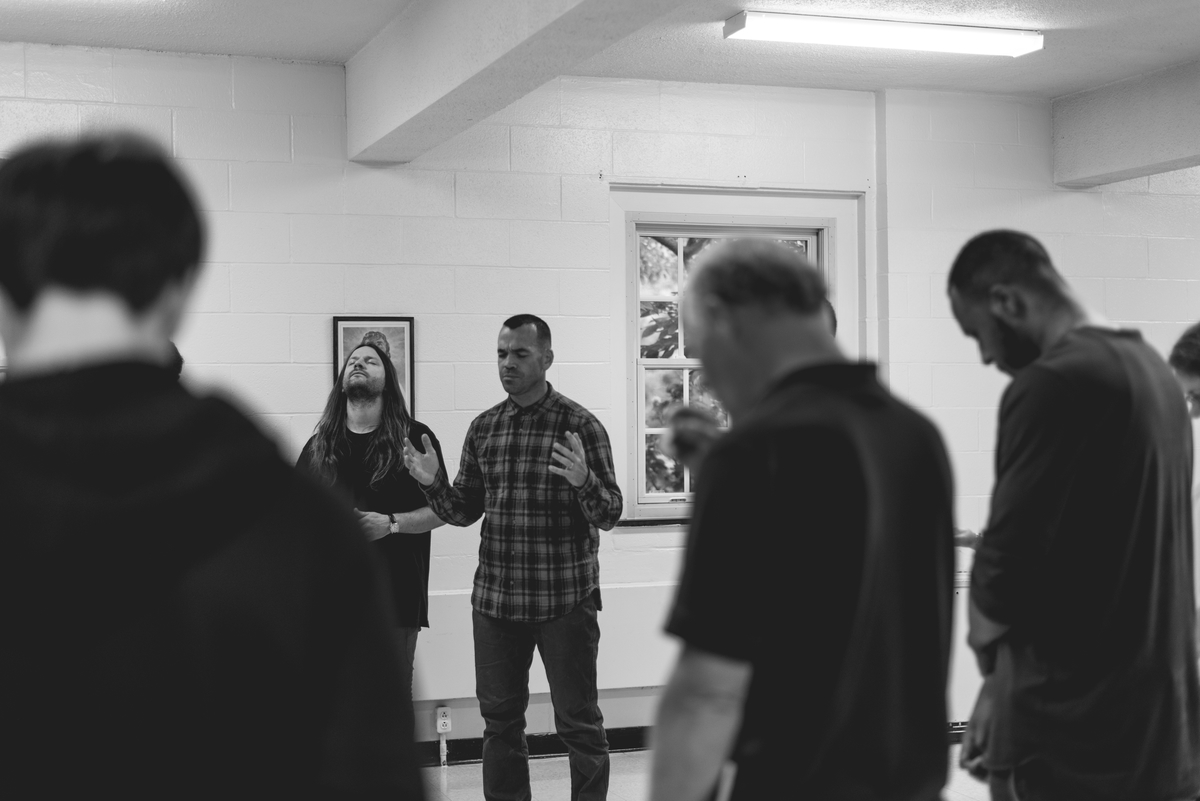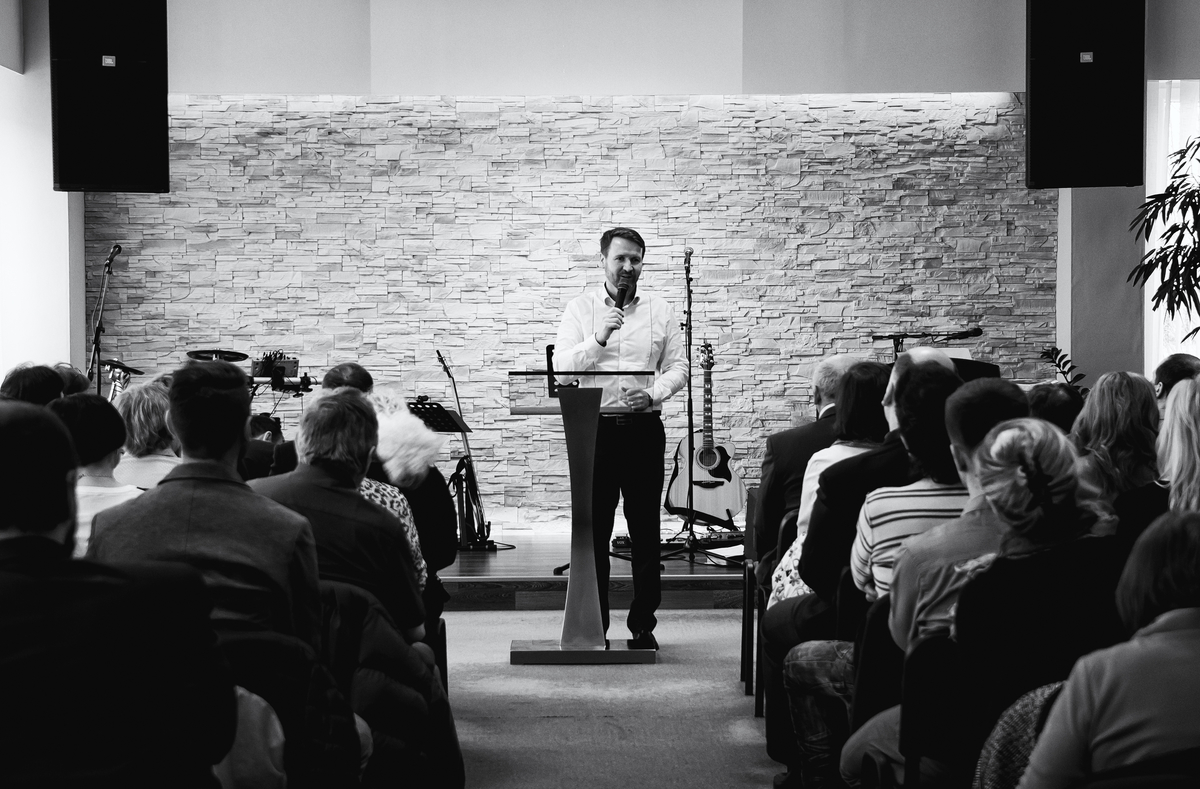Discipleship is the process of becoming more and more like Jesus. As we behold the glory of Christ, He transforms us into His image with ever-increasing glory. Of this, the apostle Paul wrote:
Now the Lord is the Spirit, and where the Spirit of the Lord is, there is freedom. We all, with unveiled faces, are looking as in a mirror at the glory of the Lord and are being transformed into the same image from glory to glory; this is from the Lord who is the Spirit. (2 Corinthians 3:17-18)
In this passage, Paul is reminding us of Moses who climbed Mount Sinai to meet with God (Exodus 34). Moses was so impacted by the encounter with God that his face was changed and shone with the presence of God. Each time God and Moses met, Moses put a veil over his face—and the veil covered the fact that the glory of God was fading (2 Corinthians 3:13). We are different than Moses. We have unveiled faces, and the glory does not decrease but rather increases. The glory does not decrease because the Lord lives within us and is continually forming us into His image. Unlike Moses, we never leave the mountain; we never leave the presence of the Lord.
How should a theology of discipleship impact a church’s programming?
Some leaders don’t like mixing the two conversations. There is discipleship and then there are church programs, and the two don’t intersect. But if that is the case, the church wastes a lot of time offering and inviting people to attend programs. A team’s commitment to discipleship should impact programming conversations. Here are three thoughts on discipleship and programming. (I’ll share three more thoughts tomorrow.)
1. View programs as tools.
When Moses was transformed by the Lord’s presence, the Lord did all the transforming. All Moses did, by walking up the mountain, was put himself in the position to be transformed. At their best, programs are environments that help put people in a place for transformation. For example, the Lord will use a worship service that is rooted in Scripture and points people to Jesus to change hearts. He will use a small group where people shepherd one another and the Scripture is applied to the people’s hearts.
While we must be careful not to equate assimilation with transformation, a wise church leader wants to utilize the church’s programs as tools the Lord will use in the transformation of His people. A church’s programs must be viewed as tools for the people, not the people as tools to run programs.
2. Program based on your discipleship process.
If you have articulated an overarching discipleship process or strategy, line up your programs with your process. Because you don’t want to create a Christian bubble cluttered with a plethora of programs, consider offering one regular program/environment for each phase of your discipleship process. If you over-program early in your discipleship process, people will not have the time to move to other steps in your process.
3. As people move through your process, ask for greater commitment.
Because discipleship should result in transformation with “ever-increasing glory,” as people progress through a church’s discipleship process, the level of commitment should increase. In other words, when someone moves from being in community to leading others in the church, there should be higher expectations and training/challenges that accompany the greater commitment.
Leaders who over-separate the discipleship conversation and the programming conversation fail to bring their thinking on discipleship to bear on the programs their church offers. Three more thoughts tomorrow…





